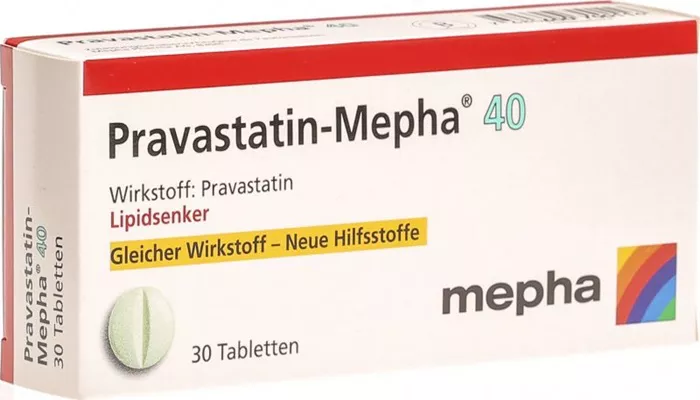Statins are a class of medications commonly prescribed to lower cholesterol levels in the blood. They work by inhibiting an enzyme involved in cholesterol production in the liver. By reducing levels of low-density lipoprotein (LDL) cholesterol, often referred to as “bad” cholesterol, statins can significantly decrease the risk of cardiovascular diseases, such as heart attacks and strokes. However, while statins are effective, patients and healthcare providers often express concerns about their safety and side effects.
Given the importance of managing cholesterol for heart health, it’s essential to understand which statins may be considered the safest for patients. This article aims to provide a thorough overview of statins, discuss their safety profiles, and highlight the statin deemed safest based on current research and clinical guidelines.
What Is Statins?
Statins include several different medications, each with its own characteristics. Commonly prescribed statins include atorvastatin, simvastatin, rosuvastatin, pravastatin, and lovastatin. Each statin varies in potency, dosing, and potential side effects. While they share the same mechanism of action, they differ in their effects on cholesterol levels and overall patient tolerability.
SEE ALSO: Is Bread Bad for Cholesterol?
Benefits of Statins
Statins are not just cholesterol-lowering agents; they also provide additional cardiovascular benefits. These medications can stabilize plaque in arteries, reduce inflammation, and improve endothelial function. For many patients, particularly those with a history of cardiovascular disease or those at high risk, the benefits of statins far outweigh the potential risks.
Common Side Effects
Despite their benefits, statins can cause side effects in some patients. The most common side effects include:
Muscle Pain: Known as myopathy, this can range from mild discomfort to severe pain. In rare cases, statins can lead to rhabdomyolysis, a serious condition that can cause kidney damage.
Liver Damage: Statins can affect liver enzymes. Regular monitoring is recommended to ensure liver health.
Digestive Issues: Some patients may experience nausea, diarrhea, or constipation.
Cognitive Effects: There are reports of memory loss or confusion, although these effects are generally reversible upon discontinuation of the medication.
Understanding these side effects is crucial for patients and healthcare providers when considering statin therapy.
Evaluating Safety Profiles
When discussing the safety of statins, it’s essential to evaluate them based on clinical studies, side effect profiles, and patient-reported experiences. Different statins exhibit varying levels of tolerability among patients.
1. Atorvastatin
Atorvastatin is one of the most commonly prescribed statins. It is effective in lowering LDL cholesterol and is well-studied.
While most patients tolerate atorvastatin well, some report muscle pain or weakness. Regular monitoring of liver function is also advised.
2. Simvastatin
Simvastatin is another widely used statin. It is often prescribed due to its cost-effectiveness. However, simvastatin has a higher incidence of muscle-related side effects compared to other statins, especially at higher doses. The FDA has issued warnings about the risk of myopathy and rhabdomyolysis with simvastatin.
3. Rosuvastatin
Rosuvastatin is known for its potency. It effectively lowers LDL cholesterol and can raise high-density lipoprotein (HDL) cholesterol, often referred to as “good” cholesterol. While generally well-tolerated, rosuvastatin may cause muscle pain in some individuals, similar to atorvastatin.
4. Pravastatin
Pravastatin is often considered one of the safest statins, particularly for patients who may be sensitive to side effects. It has a lower risk of muscle-related problems and does not require as much monitoring of liver enzymes compared to other statins. This makes pravastatin an attractive option for patients who may have concerns about statin therapy.
5. Lovastatin
Lovastatin is another option, but it has fallen out of favor in recent years. It may cause muscle pain, especially when used with certain other medications. Patients taking lovastatin need to be cautious about potential drug interactions.
Which Statin Is The Safest?
Among the various statins, pravastatin is often highlighted as the safest choice. Several factors contribute to this designation:
Low Incidence of Side Effects
Pravastatin has a significantly lower incidence of muscle-related side effects compared to other statins. This is particularly important for patients who have previously experienced muscle pain or weakness on other statin therapies.
Minimal Drug Interactions
Pravastatin has fewer drug interactions compared to other statins, making it a suitable option for patients on multiple medications. This aspect enhances its safety profile, especially for older patients who are likely to be taking other medications.
Lower Monitoring Requirements
Unlike atorvastatin and simvastatin, pravastatin does not require as frequent monitoring of liver enzymes. This can simplify patient management and reduce healthcare costs.
Effectiveness
While safety is critical, pravastatin is also effective in lowering LDL cholesterol levels. Clinical studies have shown that it reduces the risk of cardiovascular events in high-risk populations, similar to other statins.
Conclusion
Choosing the right statin is crucial for effective cholesterol management and reducing cardiovascular risk. While all statins provide significant benefits, their safety profiles vary. Pravastatin stands out as the safest statin, primarily due to its lower incidence of side effects, minimal drug interactions, and reduced monitoring requirements.
Before starting any statin therapy, it is essential for patients to consult with their healthcare providers. Together, they can evaluate individual health conditions, risk factors, and potential side effects to find the most suitable statin. By prioritizing safety and tolerability, patients can achieve their cholesterol management goals and improve their overall heart health.
Related topics:


